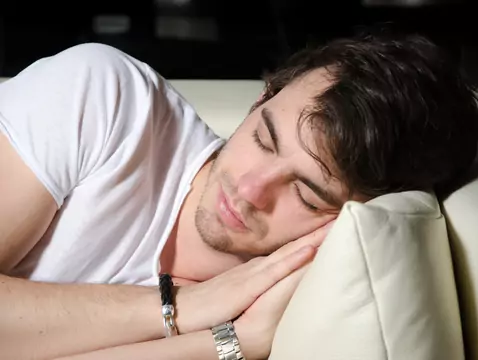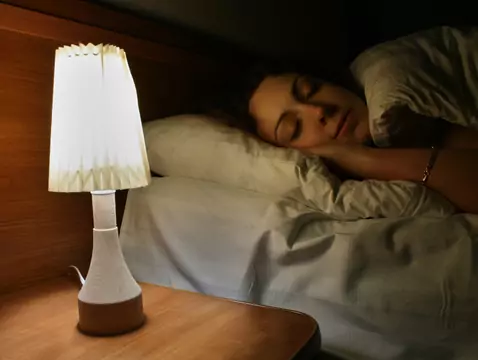This text presents current data on sleep, factors that disrupt sleep and gives a general overview of the most common sleep disorders. Sleep is still an incompletely understood phenomenon; although its mechanism is known, it is not fully understood why we sleep. According to WHO data, our sleep is getting shorter and shorter, and there are an increasing number of sleep disorders and sleep disruptors, the most common of which is noise. Sleep disorders are associated with both somatic and psychological illnesses.
Despite the popular view that we need less sleep the older we get, the need for sleep remains relatively constant throughout life. Research findings indicate that we sleep less now than we did in the early twentieth century, when the average sleep was nine hours. Recent studies show that an adult white person sleeps an average of 7.5 hours. We are sleeping less than we should and also less than we think we should - a person who spends 7.5 hours in bed has been shown to sleep only 6.1 hours. The research also shows gender and racial differences in the number of hours of sleep. White women sleep an average of 6.7 hours, while men sleep a shorter 6.1 hours. Black women, on the other hand, sleep an average of 5.6 hours, black men 5.1 hours. It also turns out that people with low incomes sleep less than those with higher incomes.
WHO research shows that 30% of the population is affected by sleep disorders. Similarly, epidemiological studies report that between 30 and 35% of people in the general population complain of sleep problems, with between 9 and 11% suffering from chronic insomnia. These problems may be related to a co-occurring mental illness such as depression, anxiety or addictions, or to somatic illnesses.
Sleep is a basic need for every human being, during which the brain remains active enabling rest and learning. Sleep specialists discussing it at the WHO congress in 2004 showed that we still know almost nothing about why we sleep. Instead, we know more about how we sleep. It is known that healthy sleep is necessary for well-being. During normal sleep, many physiological events occur, such as cortical and subcortical awakenings. A pathological increase in these physiological activities can lead to interruptions in sleep, resulting in the lack of nourishment and rest experienced during the day. Environmental stressors, such as noise, affect the quantity and quality of sleep. Sleep disturbances themselves can be measured by subjective complaints such as poor sleep quality, feelings of fatigue, changes in mood, and by considering changes in the following day's behaviour - drowsiness, poorer performance, taking medication.
The primary outcomes of sleep deprivation include physical factors: drowsiness, fatigue and hypertension, impaired cognitive functioning: impaired task performance, impaired attention and motivation, impaired intellectual capacity and increased likelihood of making mistakes at work or while driving. A 1998 WHO report shows that after a sleepless night, people tend to fall asleep at work, at school, or while driving, are irritable, annoyed the next day, are more likely to have traffic accidents, and have difficulty thinking and experience memory gaps. The consequences of sleep deprivation also include health complications. Sleep deprivation impairs the ability to cope with stress and the ability to keep the immune system healthy.

Sleep disorders include insomnia, restless legs syndrome, sleep apnoea, hypersomnia, among others. Insomnia is persistent trouble falling asleep over a long period of time, waking up during the night with the inability to fall asleep again, and waking up too early. Relevant to this disorder is a subjective feeling of sleep deprivation, sleeplessness and daytime drowsiness, which occur even though sleep duration is within normal limits. Restless legs syndrome is described as unpleasant, painful sensations in the legs, sometimes in the arms, accompanied by fidgeting, moving the legs, or massaging, which, however, does not bring relief. These sensations usually occur in the evening and make it difficult to fall asleep. Sleep apnoea, where snoring is one of the symptoms, is a disorder in which breathing is interrupted during sleep, so that the person wakes up repeatedly during the night and feels sleepless and tired during the day. Hypersomnia, on the other hand, is characterised by excessive daytime sleepiness and sleep attacks regardless of time or place. Hypersomnia is considered to be a psychogenic disorder and sometimes occurs in the course of a psychiatric illness.








